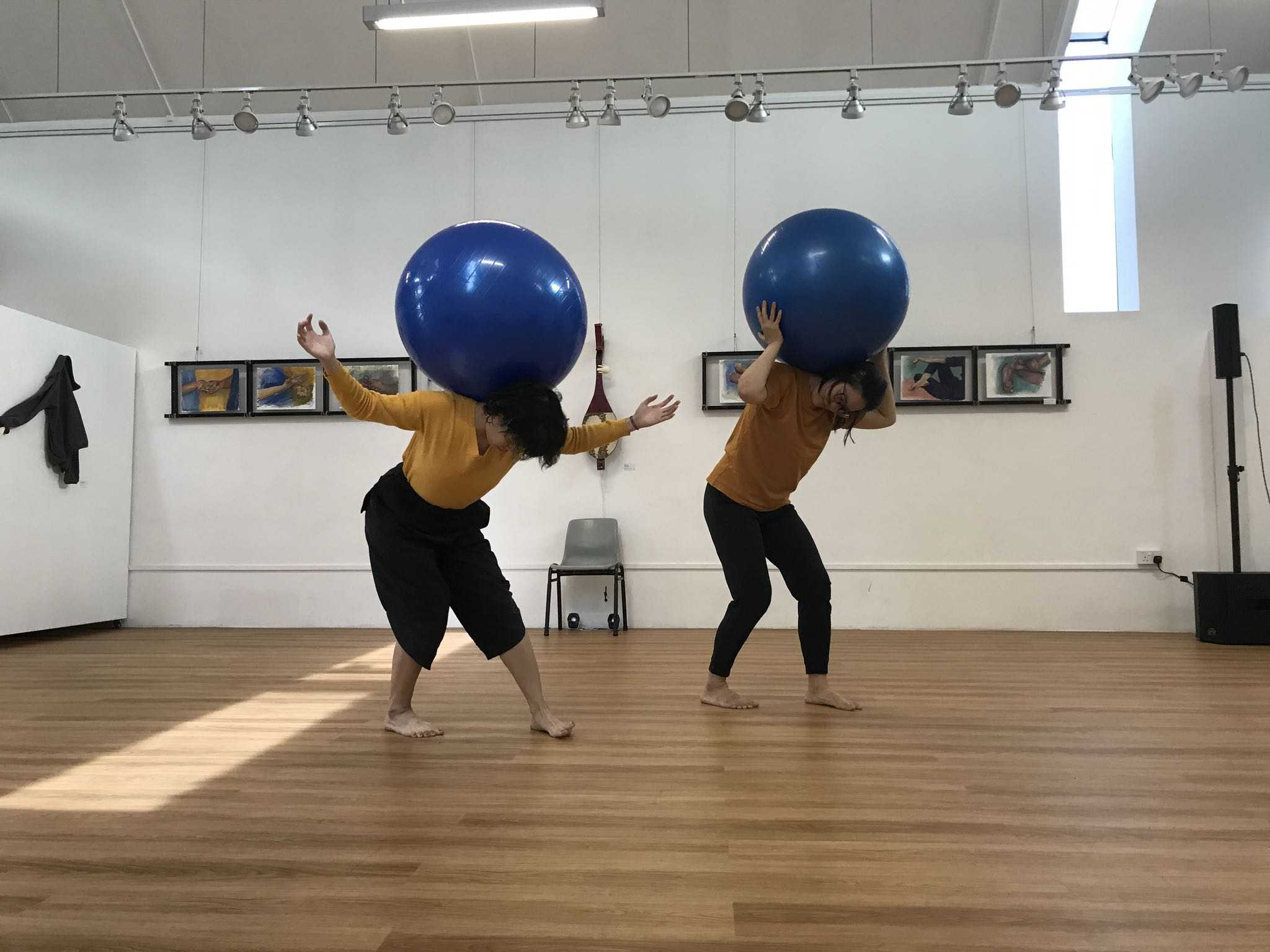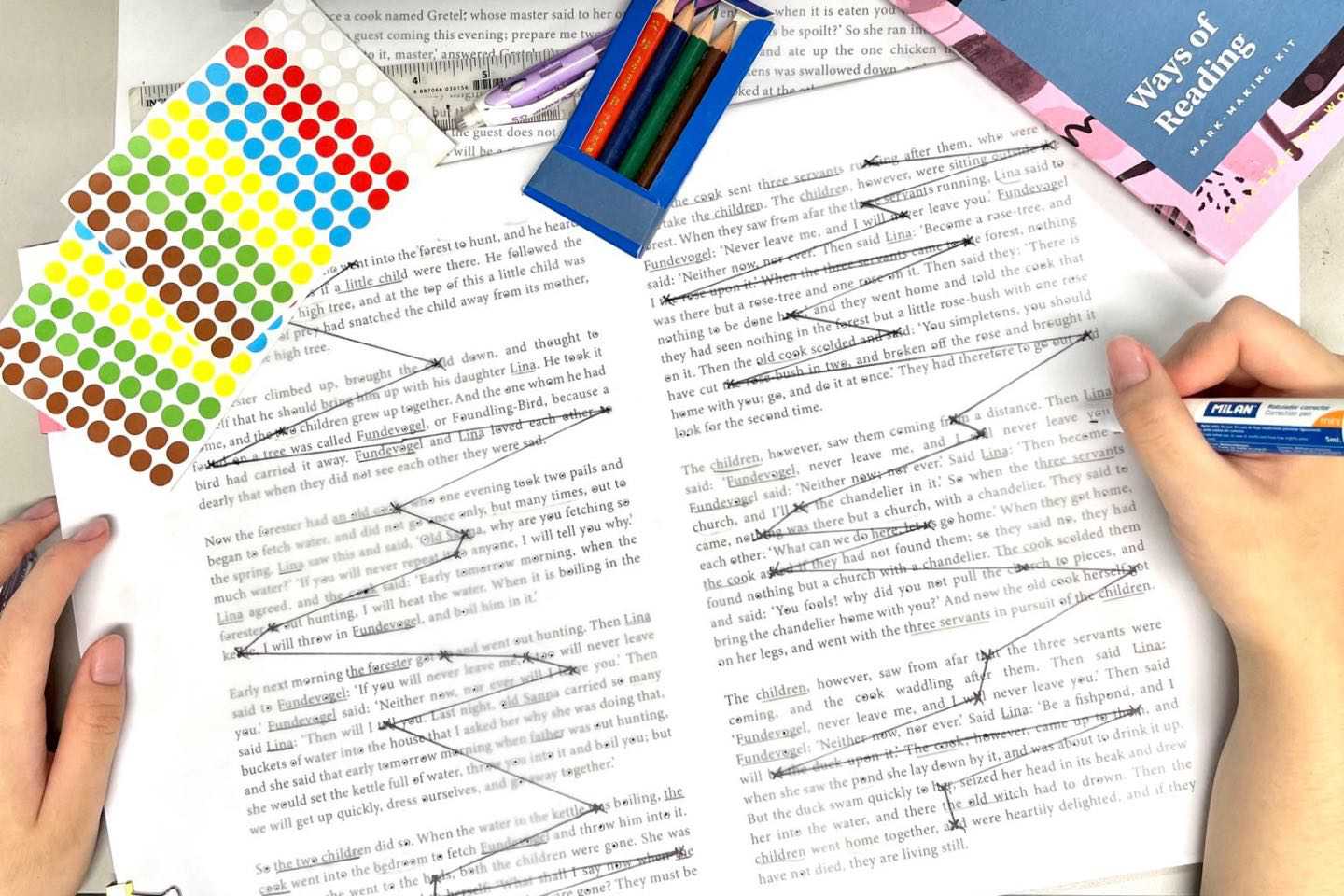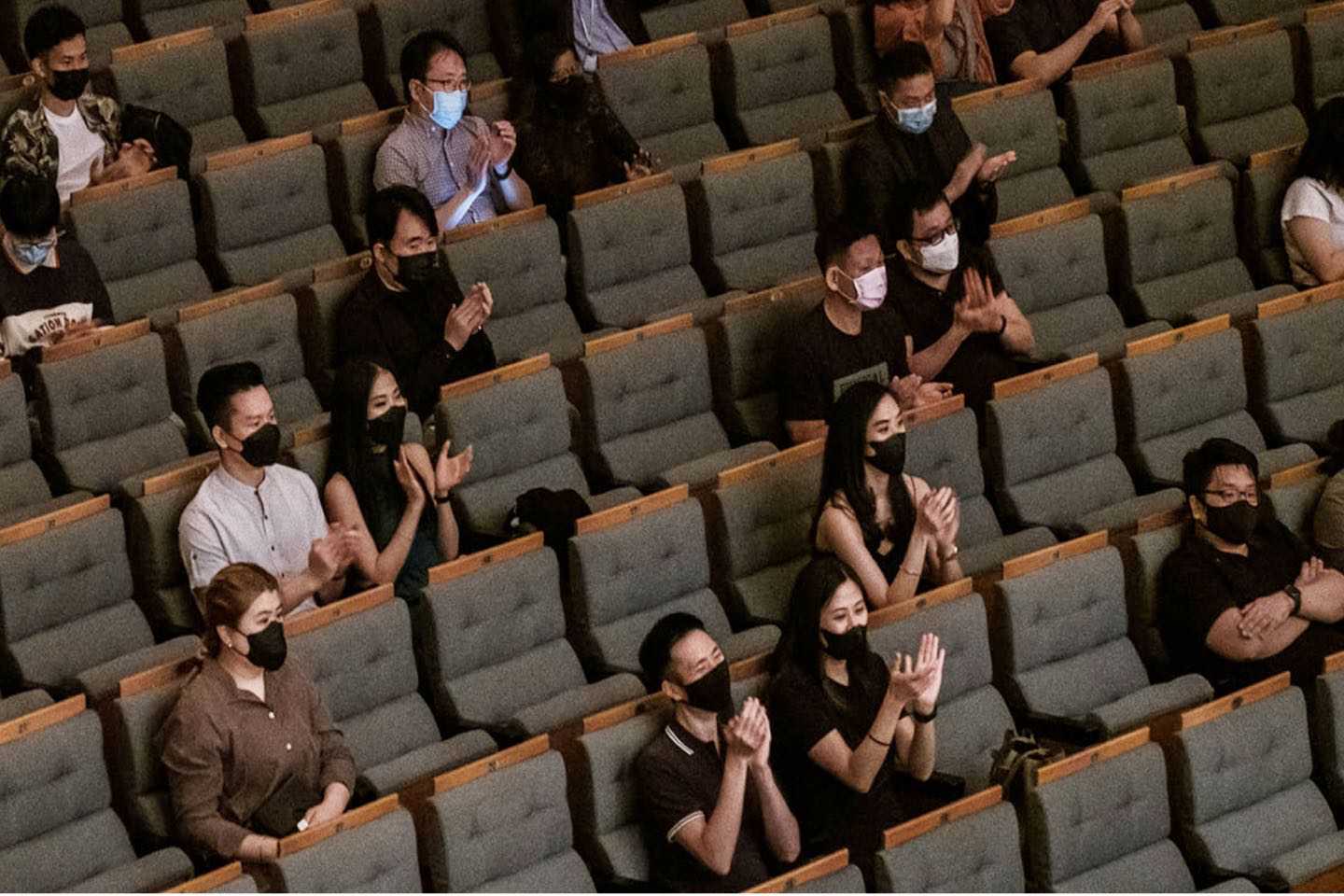TRANSFORMING THE ARTS SECTOR
Lessons from the ground
WHAT IS TRANSFORMATION?
“Transformation literally means going beyond your form”
- Wayne Dyer, American author and motivational speaker
Since the onset of COVID-19, the $75M Arts and Culture Resilience Package announced in 2020 has helped to safeguard the livelihoods and key capabilities in the arts and culture ecosystem, and enhanced the sector’s capacity to digitalise
to meet immediate survival needs. But beyond immediate needs, COVID-19 has also highlighted the importance for arts organisations to address long-term strategy, sustainability and growth.
NAC introduced the Organisation Transformation Grant (OTG) on 8 March 2021, to support arts organisations to transform, so that they remain resilient and nimble to adapt to the ever-changing environment. Over 90 projects were supported by the grant, and the combined experiences of the project teams
represent rich learning on how arts organisations can transform.
Through selected case studies, we want to shed light on some important questions: What is transformation? Why transform? And how does an arts organisation transform?
Many arts organisations used the OTG exercise to reflect upon these questions:
- What is their Unique Value Proposition as an arts organisation? What differentiates them from everybody else?
- How do they see themselves growing in the next 5-10 years?
- What is the right mix in their portfolio of products (including digital)? How do all their products/ services connect with one another?
- What do their target markets want as a great user experience?
Ultimately, we learnt that transformation is holistic: it requires a system of different interventions, across Products (or experiences), Processes, Systems and People. A good transformation process requires the inter-locking system
of interventions across these 4 areas.
We also saw that companies that focused on their Core Purpose had a greater motivation to transform in order to deliver that Purpose - whether through new products or revenue streams,
improving efficiency or reaching more audiences. One company said: “[We were] reminded of our core values. We overlooked that we have lots of things to offer.”










